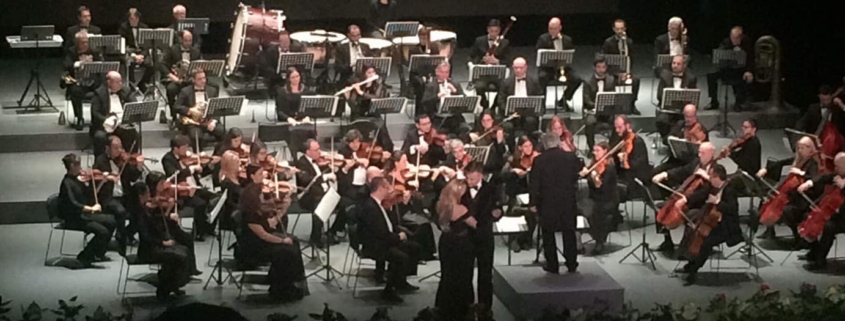Many things are noteworthy about the transformation that’s taken place in China over the last 40 years One of them is the study of western musical instruments which is booming, especially for stringed instruments and piano. The population of China is now nearly 1.4 billion and the number of of households with members owning and studying these and other instruments is also astonishing. It’s hard to believe these instruments were actually outlawed in China during their Cultural Revolution (1966-1976).
A very talented conductor from Singapore, who trained in Germany and Austria and is currently the music director of an important orchestra in China, recently told us that five years ago there were 66 full time/professional orchestras China; now there are 88!
The Chinese are devouring luxury goods and experiences with great zeal. One can see this in their gleaming and new performing arts facilities, airports and urban architecture — all featuring daring innovation and experimentation and the finest materials.
As with luxury goods, brand names are everything — only items with strong reputations will do. In the case of stringed instruments (violins, violas, cellos and double basses) orchestras, schools and parents want their children to have the very best. For them, this usually means antique instruments with strong reputations (Italian, French, German, Czech, etc.) or instruments from modern (most European) makers whose instruments have captivated soloists and ensemble players around the world. European and American teachers and have also been engaged to assist in training new generations of Chinese musicians that for one reason or another do not go abroad to study (as many do). It all adds up to musical and cultural renaissance that may surpass what took place earlier in Japan and Korea.
Address
Blue Danube Violins
Strozzigasse 31
1080 Vienna
AUSTRIA
Tel: +43 1 405 4030
Tel: +43 (660) 944 1658
Opening Hours
MO - FR 10:00 - 18:00
SAT by appointment



